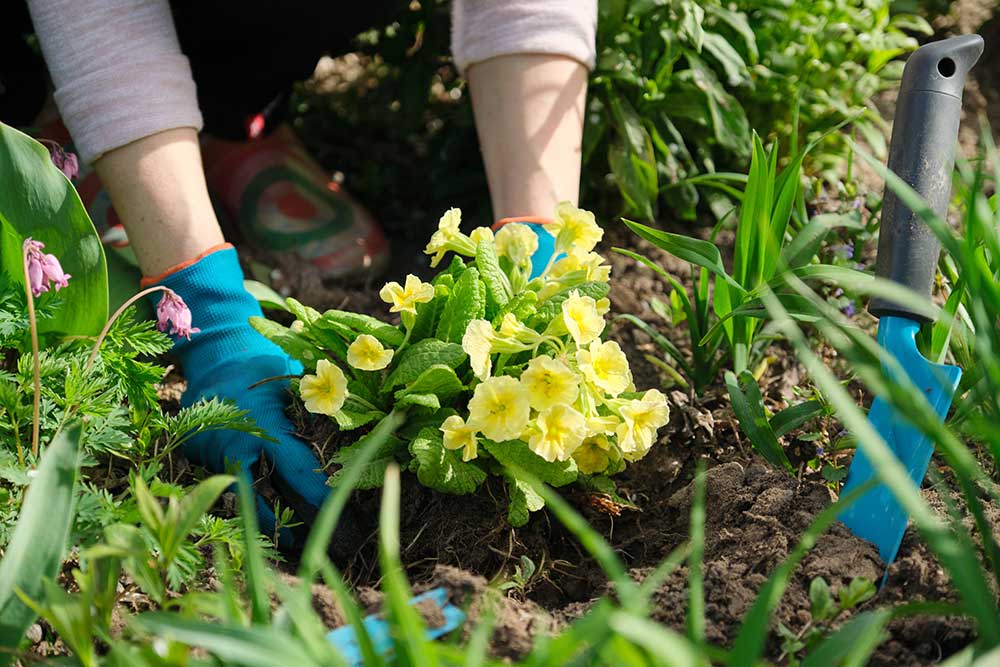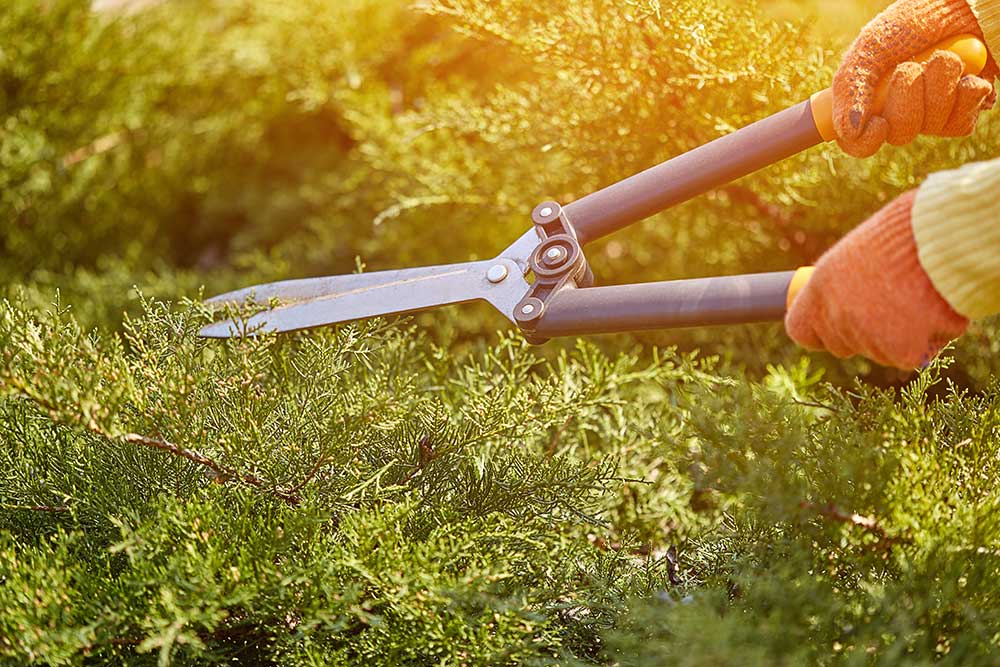
Perth’s Best Skip Bins for Garden Waste
As the weather starts to cool, gardening may be the last thing on your mind. But your garden needs attention and care from you during the winter more than ever. The good news is that wintertime in Australia offers plenty of choices if you plan to add some vegetables and other plants in your garden.
Winter gardening is actually performed to prepare the backyard for spring. Keep your garden in top shape with the following tips:
-
- PruningWinter is when you should sharpen those secateurs. Prep them for a busy day, which may include:
- Prune your roses without worrying even if you cut three to four of their main stems
- Cut those hydrangeas, grapes, and wisteria but only when bare
- Prune your frangipanis and be sure to keep those cuttings and leave them to dry for about two weeks. You can have instant trees when you pot or plant them into a sandy mix. You may even want to add some stakes to keep the plant upright.
- Chop those ornamental grasses you probably have. Keep them a little bit closer to the ground than you normally do. This trick invigorates them, so they grow healthy.
When is the best time to prune? You may want to start cutting in August, preferably at the beginning of the month.
- Taking Care of Flowering PlantsDuring winter, many plants are in hibernation. However, some flowering plants are specially made for winter. It is the time when they thrive, which means they require some work. They grow actively, so make sure you keep them watered. You may also want to fertilise them to maintain peak performance.
- WateringA common mistake that homeowners often make is that they avoid watering during winter. Some places, such as New South Wales and South Australia, often have dry winters. It would be best if you continued providing water for your plants and trees, so they have ample moisture.Meanwhile, for cities, such as Perth where winters are wet, it is best to get rid of weeds while the sun still shines. Use a good quality herbicide and partner it with fertiliser. This way, your entire lawn will look healthy and green even when you have no time to tend to it.
- PruningWinter is when you should sharpen those secateurs. Prep them for a busy day, which may include:
PlantingIt may be surprising but adding more plants in your garden is feasible in the winter. The trick is to know which to plant and which to avoid. This way, your efforts do not go down the drain when you end up with dead flowers or vegetables.As much as possible, you should stick to seasonal produce, so you get the best results. If you have been gardening for quite some time now, you already know that timing is everything when growing. Here are some tips you can try when planting in winter:
- Choose winter veggies, including onions, chives, leeks, spring onions, and peas.
- You can still grow spring and summer veggie seedlings in August. However, you may want to keep them indoors.
- If you wish to plant beans, pumpkins, watermelons, or zucchini, place them in seed trays. Ensure they are left in an area that receives ample sunlight or artificial light.
- When planting off-season produce, you need to allocate enough time when caring for the plants. You will have to nurse them until warm weather comes back. Then, during springtime, you can move these plants to your garden.
- For those in cooler areas, such as some parts in Victoria and Tasmania, the best plants for winter are beetroot, cabbage, cauliflower, potatoes, and turnips. They can all grow successfully even when the temperatures get quite low.
- For tropical areas, such as some places in Western Australia, warm weather is often experienced during winter. It would frequently rain though so that you can pick vegetables, such as carrots, beetroot, broccoli, pumpkin, sweet potatoes, and zucchinis. If you want to add herbs into your garden, pick thyme, parsley, oregano, and garlic.
Some plants, though, can thrive anywhere and anytime, even in dry or wet winters. Plus, they can help keep your garden lush. Use evergreen plants, such as rosemary, Syzygium, nandinas, and some succulents.
- Eliminating ProblemsSlugs and snails are among the most common pests that you have to deal with all year round. But they can even bring bigger issues during winter. Some plants do not like too much rain. Also, thistle weeds can start appearing, so you have to get rid of them as quickly as you can.You should also tell other household members to avoid stepping on the lawn. If there are warmer sites in your yard and they keep receiving heavy foot traffic, they can become compacted and worn. Whenever you see this issue arising, you can solve it by aerating the lawn. Use a garden fork and push it into the ground in 30-centimetre intervals.
More Winter Gardening Tips
You can keep your gardens and lawns healthy throughout the winter with these easy methods:
- Remove weeds as often as possible. Winter is not the time your plants get enough nutrients. The last thing they need is to compete with weeds for soil nutrients and water.
- After removing weeds, you should choke them by throwing a layer of mulch on top. It will deprive them of sunlight, so the seeds do not germinate. Also, airborne seeds will not find their way to the soil.
- Prune fruit trees, so they are ready when warm weather arrives.
- Construct frames and place them around those plants that the cold could damage.
Gardening can take plenty of your time and create a lot of waste. Proper disposal is the key, so you do not have to worry about more problems once you are done gardening.
It’s Time for Clean-Up
The best solution for garden enthusiasts who need to dispose of their garden waste is to hire a skip bin. Pruning the garden can generate a startling amount of rubbish. You can end up in trouble if you do not know what you are doing with the green waste you just produced. Even something as simple as a giant tree dropping a truckload of leaves in wintertime can cause enough frustration for a homeowner like you.
A skip bin is the ultimate solution since it is not just for rubbish after all. If you just did some work in your garden, you have green waste to deal with. Backyard Bins is your best source for green waste skips that help you manage the waste after a long day of gardening. Just throw the leaves, branches, and other materials to keep clean-ups hassle-free.
Skip bins come in various sizes from two cubic metres all the way to 10 cubic metres. Grass, weeds, pruned branches, and other green waste can go to the skip. But you should never put concrete, tiles, turf, or rubble unless you hired a mixed waste skip bin.
For more information on what you can and cannot put or to hire a skip bin, contact Backyard Bins before starting your winter gardening activity.
Backyard Bins Team
“ [rcblock id="2165"]”
 PlantingIt may be surprising but adding more plants in your garden is feasible in the winter. The trick is to know which to plant and which to avoid. This way, your efforts do not go down the drain when you end up with dead flowers or vegetables.As much as possible, you should stick to seasonal produce, so you get the best results. If you have been gardening for quite some time now, you already know that timing is everything when growing. Here are some tips you can try when planting in winter:
PlantingIt may be surprising but adding more plants in your garden is feasible in the winter. The trick is to know which to plant and which to avoid. This way, your efforts do not go down the drain when you end up with dead flowers or vegetables.As much as possible, you should stick to seasonal produce, so you get the best results. If you have been gardening for quite some time now, you already know that timing is everything when growing. Here are some tips you can try when planting in winter:
